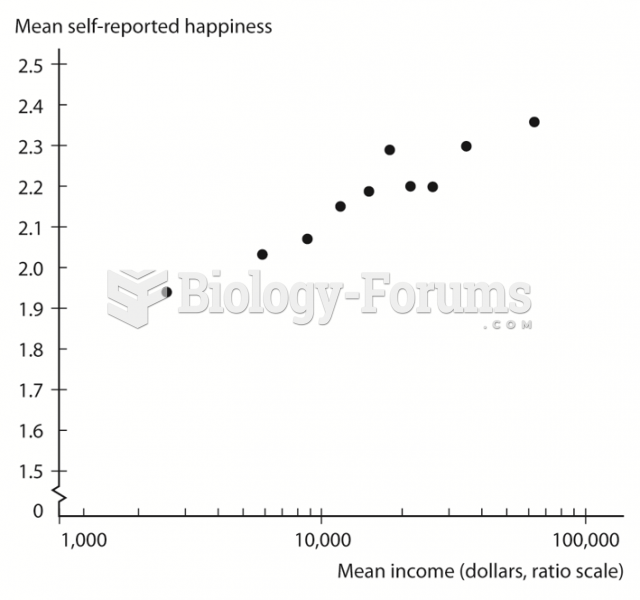Answer to Question 1
Suggested Response:
Part 1:
Low-SES children are often segregated in lower quality schools. In these schools, they have less access to high quality programs and other educational resources.
The parents of low-SES children generally have less access to good prenatal and infant health care and nutrition. The children are more likely to be exposed to toxins and harmful environmental conditions that increase their risk for cognitive delays.
Low-SES families are more likely to be mobile and experience evictions. Their children are more likely to experience stress from mobility, overcrowded living conditions, poor nutrition, inadequate clothing, and inadequate health care. The children have more school absences and fall behind in their academic work.
Teachers may have lower expectations of poor children. The lower expectations are likely to result in lack of effort and children's assessment of themselves as dummies, less capable of learning than other children.
Summer setbacks are greater for poor children. With fewer financial resources, poor families are less likely to take vacations and visit museums and national monuments. They are less likely to have access to educational toys, games, and tools for learning.
Part 2:
Teachers can develop caring relationships with each child. Use inclusive language to help them feel as much a part of the school and the class as any other student. Having a relationship with students as individuals helps teachers build upon a child's interests and strengths and provide support for areas of weakness.
Teachers can help poor students by maintaining high expectations of them, calling on them as often as other children, and scaffolding learning to help them succeed. Assess the student's skill level and provide remediation as needed to help the child catch up, but do not keep the child at a lower level.
Teachers can help low-SES children develop basic organization and self-regulation skills. These children are more likely to succeed if they are able to regulate their own behaviors and organize their approach to learning tasks. Helping them develop the ability to focus, for example, helps them complete their academic work rather than being distracted by the daily stressors of life.
Teachers can observe and respond to health issues such as fatigue and unmet medical needs. Teachers can observe a child's eating habits and level of activity and model healthy eating and physical activity.
Text Reference: Economic and Social Class Differences
Answer to Question 2
b







